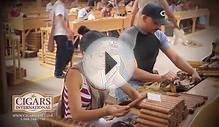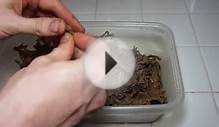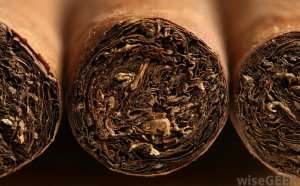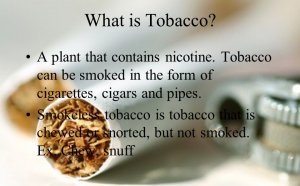
How is Tobacco made
Tobacco smoking is a practice which has changed little since American natives first stuffed the tobacco they cultivated in the hills of what is today modern Mexico into hollow reeds. As the practice spread through the Americas, different cultures wrapped their tobacco in vegetable leaves or corn husks, or put it in pipes for smoking. Spanish explorers enjoyed smoking and returned to the Old World with cigars (tobacco wrapped in tobacco leaves). In the beginning of the 16th century, beggars in Seville, Spain developed the first paper-rolled cigarettes when they collected discarded cigar butts, shredded them, and rolled them in scraps of paper. Although the Spanish elite first dismissed them as recycled garbage, these cigarillos, or little cigars, eventually gained popularity during the 18th century. Cigarette smoking spread to Italy and Portugal, and eventually to the rest of Europe and into Asia.
As cigarette use spread, the cultivation of tobacco gained in popularity. The Spanish, who had begun to cultivate the plant in the West Indies around 1530, soon transplanted it to their own native soil. Jean Nicot, the Portuguese ambassador to France, introduced tobacco to that country in the 1560s. The ambassador's surname later formed the basis for tobacco's botanical name, nicotiana, and the French coined the term "cigarette." In 1612, John Rolfe of Virginia began the commercial cultivation of tobacco, which became the first and most important export of the English colonies. In fact, French and English smokers soon came to prefer the mild taste of Maryland and Virginia tobacco to their homegrown varieties.
At first, all cigarettes were rolled manually, whether by the individual smoker or by shop workers, who rolled and glued cigarettes before they were packaged. Baron Josef Huppmann was an integral figure in modernizing early cigarette production. He established the Ferme cigarette factory in St. Petersburg, Russia in 1850 and opened a branch in Dresden, Germany in 1872. Ten years later he also established the Monopal cigarette works in New York City. In the 1850s, Englishman Robert Peacock Gloag manufactured cigarettes with Turkish tobacco and yellow tissue paper. Gloag's method used a thin metal tube to feed crushed tobacco into a paper cylinder, forming a cigarette.
In the U.S., cigarettes continued to be produced manually until the late 1800s. To make a cigarette, the worker sat in front of a table containing a small trench the length of a cigarette. The rolling paper was placed in the trench so its edges were slightly above the tabletop, and a pinch of shredded tobacco was placed in the paper. The worker, wearing a piece of felt over the palm of the hand, rubbed the felt over the trench until it caught an edge of the paper. Continuing the motion, the worker rolled the cigarette into shape and sealed it with paste. A good roller could make almost 40 cigarettes per minute using this method.
VIDEO REVIEWS


Share this Post
Related posts
How tobacco is used?
Cigarettes: Also known as: “smokes, ” “cigs, ” or “butts” Smokeless tobacco: Also known as: “chew, ” “dip, ” “spit tobacco…
Read MoreIs tobacco a plant
Tobacco’s genus, Nicotiana, covers over 70 species. The name tobacco usually refers to most famous and widely used Nicotiana…
Read More










